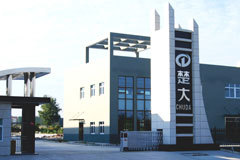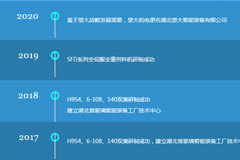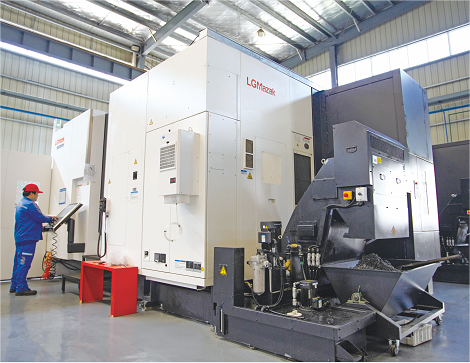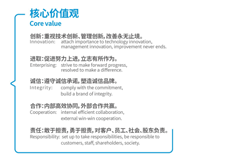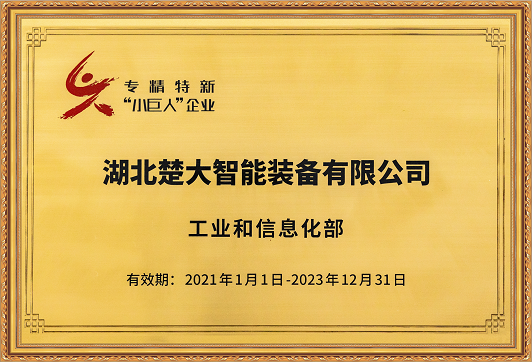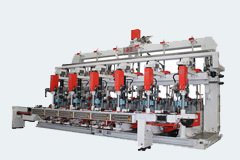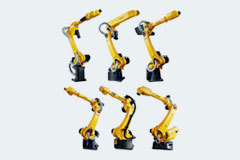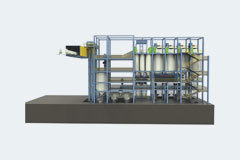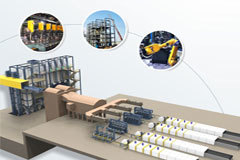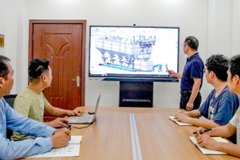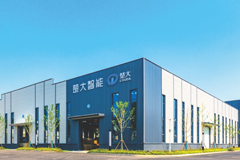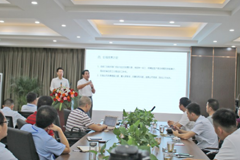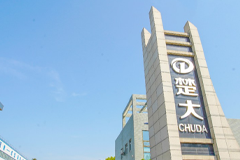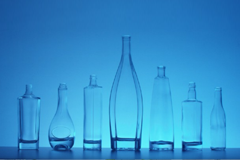21
2021
-
01
Behind the unmade vaccine glass bottle: the internal volume and future of China's pharmaceutical glass industry
Author:
If I say that the vaccine is useless, it may be that this "bottle" is not good. What is your first reaction?
This is not necessarily a false proposition.
In fact, the direct contact of packaging materials with drugs and the storage of drugs for a long time will directly affect the quality and safety of drugs. Some components in the glass are precipitated by the contacted drugs, or the glass and drug components migrate to each other, which is one of the important reasons for the attenuation of the efficacy of the injection and the non-cure of the drug.
In the research process of the new crown vaccine, we have proved that our pharmaceutical research and development strength is very strong. At present, China has won vaccine orders from 16 countries and regions, with a total quantity of about 0.5 billion doses.
On the contrary, due to the low starting point of the industry, the development process of China's pharmaceutical packaging materials industry has significantly lagged behind the overall development level of China's pharmaceutical industry.
For example, the international standard requires that the glass container containing the vaccine must be "a kind of borosilicate glass bottle", and the domestic production rate of this glass bottle is less than 10%. China's seven new crown vaccine projects approved to enter the clinical stage, all used Germany's Schott boron silicon medicinal glass, none of the use of domestic drug glass.
In other words, we can't make this kind of glass bottle ourselves. At least a class of medium borosilicate glass bottles of high quality enough to meet international standards cannot be stably produced.
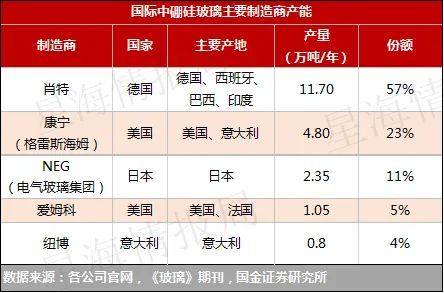
In the 1960 s, we had factories trial-producing this medicinal glass. However, after nearly 60 years of development, China's GDP has increased by 255 times (calculated according to IMF forecast data), and the domestic production rate of this kind of glass bottle is still less than 10%.
This is a microcosm of many industries in China, with a low starting point and rapid development, and then plunging into sweatshops built by low-end manufacturing, falling into a painful inner volume, and no further progress.
Since Huawei, everyone likes to write about those areas that are stuck in the neck, but there are still many areas that are not stuck in the neck. They are just blood vessels of the national economy, but they constitute the healthy operation of the whole body. Blocking it will also make people uncomfortable, and blocking it too much will cause tissue necrosis. Although these areas do not seem to be fatal, they will still indirectly affect the health of the entire national economic structure, and are closely related to every ordinary citizen.
Pharmaceutical glass is such an industry, which affects the cost structure of major Chinese pharmaceutical companies, the results of the consistency evaluation of generic drugs, and perhaps the efficacy of domestic drugs.
If you want to get rid of the dilemma of internal rolling, realize economic transformation, let more industries like pharmaceutical glass, upgrade the advanced productivity of foreign countries, and realize domestic substitution, it is a very important solution, even the only way.
You can't make a medium borosilicate glass bottle, but you can make a substitute.
In April 2020, John Bell, a professor of medicine at the University of Oxford, expressed concern about glass bottles, providing data that there are only 0.2 billion bottles left in the world.
In July, when vaccines were gradually put on the agenda, Dr. Zhang Wenhong said in an interview that the yield of glass bottles containing vaccines was more difficult than that of vaccines. At that time, vaccine manufacturers all over the world were snapping up vaccine glass bottles in large quantities. Johnson & Johnson alone ordered 0.25 billion vaccine bottles as reserves. When talking about this matter, some readers joked: If the output of something has been in a hurry for three months and has not eased, it is usually because the Chinese cannot make it.
On the glass bottle used for the vaccine, he was right.
Medical glass belongs to the packaging materials industry, for medicinal glass bottles we can be divided into two dimensions to understand: one is the manufacturing process and use, the second is the type of material.
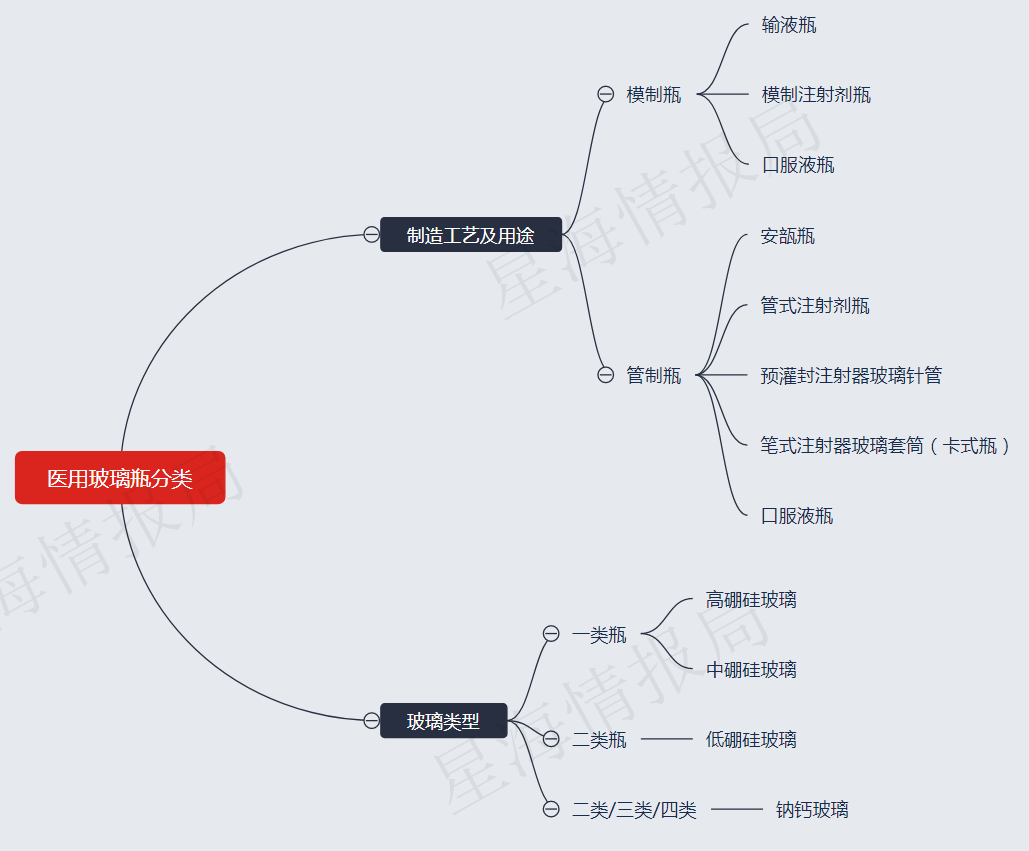
Two classification methods of medical glass
Let's start with the material.
In the field of medicinal glass, there is a very important parameter called water resistance. It refers to the amount of alkali precipitated per unit mass of glass under specific conditions (generally expressed by the volume of acid consumed or converted to the mass of sodium oxide). The less the amount of alkali precipitated from glass, the higher the water resistance level, and the smaller the impact on water-based drugs.
This sounds a bit abstract. If it is summarized in general terms, the better the water resistance of the glass, the more stable the material properties, the less it will react with the solvent in the bottle, and the safer and more reliable the vaccine in the bottle. Four types of glass in the best water resistance, is a class of borosilicate glass.
In the 1960 s, China's pharmaceutical industry had a period of rapid development. The Beijing Glass Instrument Factory at that time took the lead in trial production of 5.0 neutral borosilicate glass tubes. In the 1980 s, Baoji Pharmaceutical Glass introduced a full set of production lines from Corning in the United States.
At that time, there was very little information on the level of technology, but there was no doubt that whether it was Beijing Glass Instrument Factory or Baoji Pharmaceutical Glass, their initial goal was the most advanced manufacturing technology at that time.
But at that time, China's economy was just in its infancy, and one word can describe the situation of most Chinese industries at that time, that is, "poor".
The wisdom of the working people is very pragmatic. High quality and advanced technology require high costs and high consumption capacity to support them. We do not have these. In short: it cannot be built. Even if it can be built, it can't be used.
So the Chinese created a flat alternative to medium borosilicate glass: low borosilicate glass.
The performance of this glass is basically a fully shrunken version of medium borosilicate glass, with a larger thermal expansion coefficient, easier to break, and easier to produce cracks and glass chips. Although the water resistance is acceptable, under the same conditions, the amount of alkali precipitation is more than twice that of medium borosilicate glass.
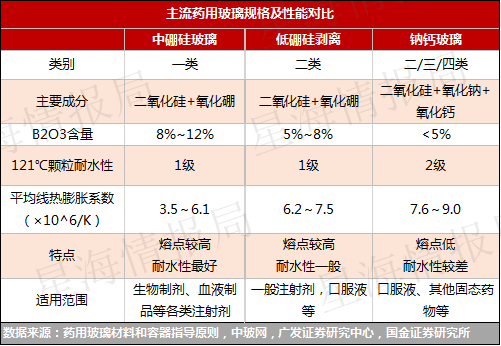
Pharmaceutical glass bottle material performance comparison
The high amount of alkali precipitation will cause the glass to fall off and react with the drug, reducing the efficacy. This is one of the important reasons for the attenuation of the efficacy of injections and the non-treatment of drugs. This glass bottle is only suitable for storing some drugs that do not require high chemical stability, such as some common antibiotic powder injections and oral liquids.
Low borosilicate glass is certainly not good enough, but enough. Its emergence has greatly reduced the cost of domestic pharmaceutical companies and promoted the rapid development of the entire industry. In that era, we realized the first wave of domestic substitution in the field of pharmaceutical glass.
However, this substitute later became the Achilles heel in the field of Chinese medicinal glass, which cut off the source power of technological breakthrough of Chinese pharmaceutical glass enterprises in several years.
How is the inner volume rolled up?
After talking about the materials, let's talk about the process.
There are two main production processes for medical glass bottles, one is molding and the other is regulation.
Molding is well understood. Usually, glass liquid can be packaged and put into storage after being molded at one time through a mold. This process has fewer steps and is relatively less difficult. However, the bottle wall made is generally thicker than that of a controlled process bottle, and is usually used to make bottles of larger specifications, such as infusion bottles.
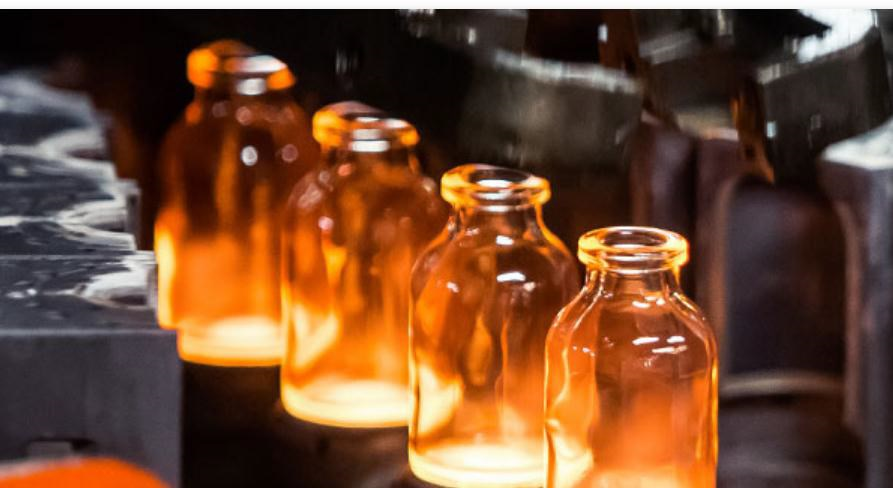
▲ Medicinal glass molded bottles; Source: Piramal Glass
However, the control process has many steps and is relatively difficult. It has to go through two forming steps: first, the molten glass must be drawn into a slender tube and formed once; Then, a control bottle can be produced only by reprocessing the glass tube, going through the processes of heating the bottom and neck making, and finally secondary forming. However, the bottles produced by this process are relatively thinner, smaller in capacity and more beautiful. Many vials of biologics, including vaccines, are relatively prone to this process.
Borosilicate glass not only has a high melting point, but also has a very important property in liquid state, that is, high viscosity. With such a material, whether it is a compression mold, or to pull out a slender and thin glass tube, the difficulty of forming is much higher than that of ordinary glass liquid.
At present, the molding technology of medium borosilicate glass that we can find is relatively small, but in this regard, Shandong Pharmaceutical Glass, the leading domestic pharmaceutical glass company, has achieved technological breakthroughs and has completely independent property rights. This was followed by a decline in the overall price of borosilicate molded bottles in China.
But in general, the demand for control bottles is significantly higher than that of molded bottles.
Before the outbreak, the total annual demand for pharmaceutical glass bottles in China was about 80 billion, of which about 15 billion were molded bottles, accounting for about 18.8 percent. The demand for ordinary control bottles is also about 15 billion, while the demand for ampoules made by controlled processes is nearly 40 billion, accounting for 68.8 of the total demand. The demand for control bottles is overwhelming.
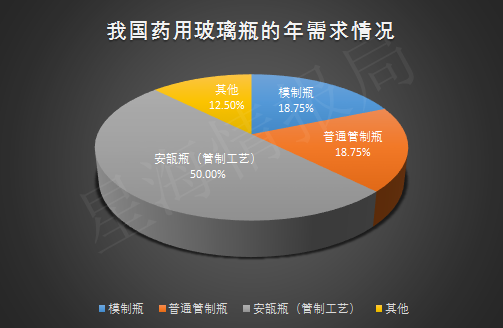
In the control of bottles, borosilicate glass front-end furnace drawing technology, basically by overseas monopoly.
There are nearly a hundred domestic companies engaged in pharmaceutical glass packaging, and none of them can truly achieve stable mass production of high-quality medium borosilicate glass tubes under reasonable cost control. The front-end kiln tube pulling technology is concentrated in the hands of a few foreign companies such as Schott in Germany, Corning in the United States, and Electric Nitrate in Japan. The market share of the first three companies alone has reached 80%.
Many domestic enterprises said that they had realized the mass production of domestic borosilicate tube bottles, but in August 18, most of them still bought formed glass tubes from foreign enterprises, and only need to carry out secondary molding when they are brought back.
I don't want you to buy my glass bottle, but if you want to make a glass bottle, you must buy my glass tube.
Are you familiar with it? Those who work on glass tubes, those who work on chips, and those who work on mobile phone systems have come to the same end.
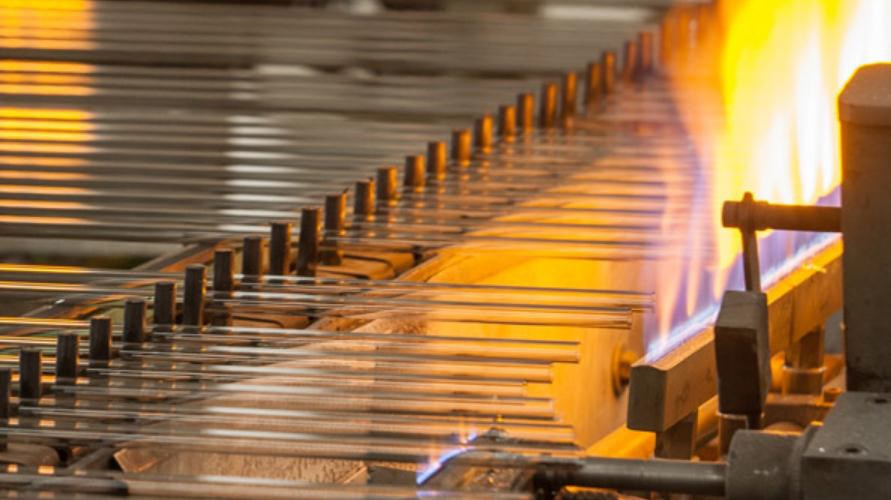
Mobile phone App is full of strange things and customized systems are full of colors, but in the final analysis, it is either Android or iOS. Chips are blooming in all walks of life. When you open them, they are either Qualcomm or Samsung, and they are all made by TSMC. Just like medicinal glass bottles, no matter what specifications they are made of and what drugs they are filled with, the raw materials always come from Schott of Germany or Corning of the United States.
According to China Glass Information Network, the price of neutral borosilicate glass tubes produced by Schott in Germany is about 27000 yuan/ton, the price of neutral borosilicate glass produced by domestic manufacturers is about 15000 yuan/ton, and the price of low borosilicate glass tubes is about 6000~7000 yuan/ton.
According to the product revenue and sales data of Shandong Pharmaceutical Glass and Zhengchuan Co., Ltd., the leading domestic pharmaceutical glass, the average price of low borosilicate glass bottles and soda-lime glass bottles is less than 0.1 yuan. Neutral borosilicate glass is 4 to 5 times more expensive than low borosilicate and soda lime glass.
At the same time, according to the China Industry Information Network, the growth rate of China's pharmaceutical glass industry has fallen below 1%.
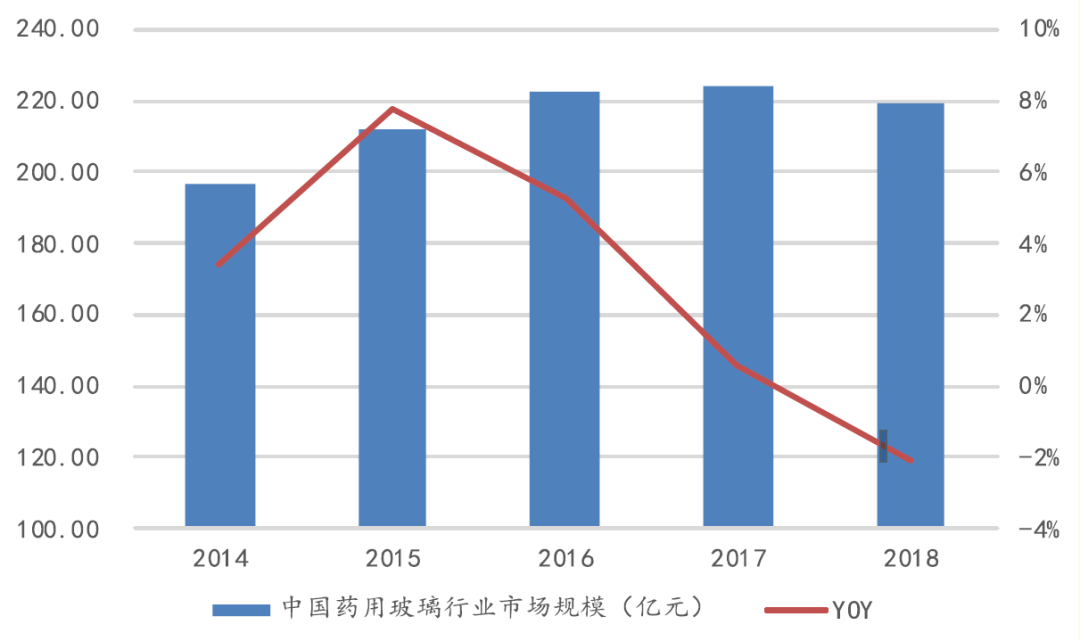
Data from: China Industrial Information Network, Guojin Securities Research Institute
Even so, there are hundreds of products from nearly 100 small and medium-sized enterprises in China competing fiercely on the track of low borosilicate and soda-lime glass.
According to the data of 2018, there are 45 domestic enterprises that can produce low borosilicate glass tubes, 107 enterprises produce low borosilicate glass bottles (injection bottles & oral liquid bottles), and low borosilicate glass tubes and glass bottles are not imported.
In contrast, in the United States, there are less than 10 companies applying for DMF, all of which are Chinese companies, and all low-end products come from China.
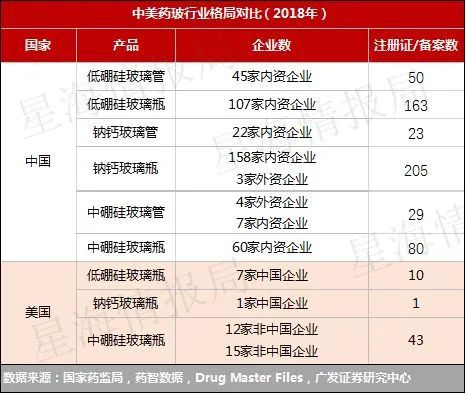
High-end technology is in the hands of a few upstream giants, which means that the industry's voice and profits will be concentrated upward. For those downstream enterprises in the pharmaceutical glass industry, they basically have no bargaining power, and the profit margin left is very small. At the same time, because they have only mastered low-end technology and do not have enough technical barriers, they will face the influx of a large number of competitors, which will eventually lead to excessive competition.
This is the legend of the inner volume. The direct impact is that the pattern of China's pharmaceutical glass industry is basically at the level of the last century.
Take the 182 essential drugs recorded in the 2018 edition of China's basic drug catalogue as an example, 131 of which can be found on the UK drug registration website. These 131 drugs can correspond to a total of 613 injection products, of which 410 are packaged with glass, while the number of products using borosilicate glass in Class I is 284, accounting for 69. 3% of the total.
This is only part of the essential medicines that are not mandated. Various biological preparations and blood preparations, including vaccines, must use Class I borosilicate glass in the regulations of developed countries such as the United States and Europe.
On the other hand, according to the China Pharmaceutical Packaging Association, the total annual dosage of injections in China before the epidemic was about 62 billion, of which the total annual dosage of water injections was about 40 billion, and the total annual dosage of freeze-dried preparations, blood preparations and biological vaccines was about 2 billion. However, according to the data fed back from the demand side, in fact, there is only about 1 billion borosilicate glass bottles in the Chinese market every year.
According to the regulations of developed countries such as the United States and Europe, even if it is a mandatory category, there should be at least nearly 2 billion demand, but in fact the demand reflected in the market has just reached half of this figure.
This data is clearly unreasonable. Why?
The answer is cost.
95% of glass-packaged injections in China are still using low borosilicate glass or soda-lime glass, while 95% of clinical small-volume injections cost one to two cents each, and the low price may be only a few cents. For example, the bidding price for a bottle of vitamin B6 injection is about 0.06 yuan. If it is packaged in neutral borosilicate glass, the light bottle will cost 0.15 yuan.
Why are bottles so expensive?
The answer is back to the starting point: we can't make it ourselves.
It's a dead cycle.
Can low borosilicate and soda lime glass be used?
Can be used.
Okay?
That's certainly not as good as borosilicate glass.
But can it be used?
Can be used.
As a result, China's pharmaceutical companies and pharmaceutical packaging industry have been using it all the way.
People like to tease the stars who are not guaranteed in the evening: "They give too much". For those downstream pharmaceutical companies in the pharmaceutical glass industry, this sentence can be replaced by: "They are so cheap!"
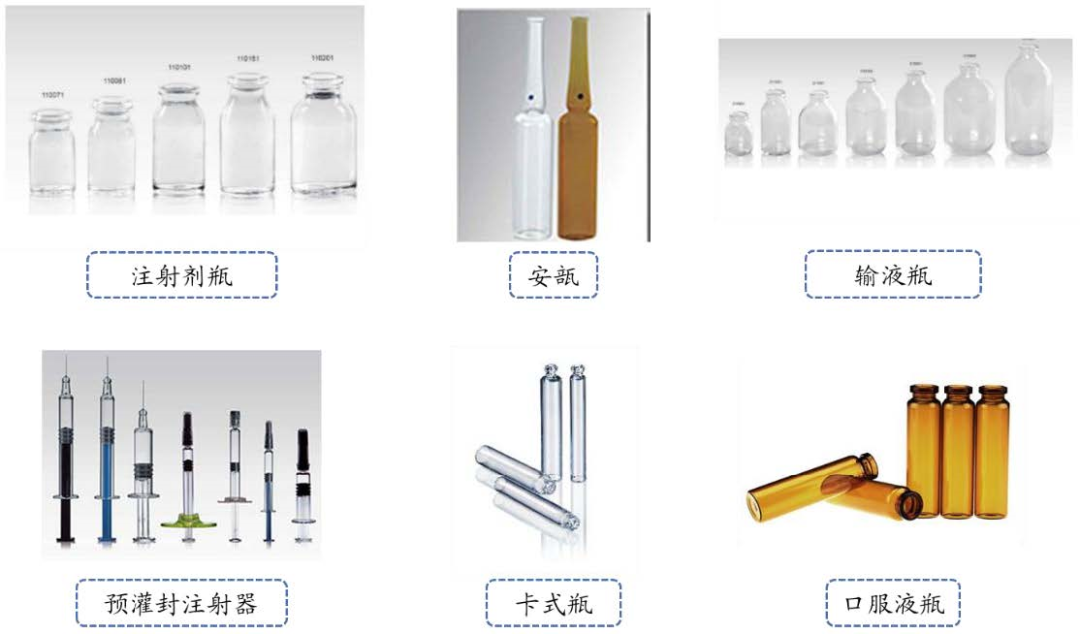
Excessive competition leads to the continuous reduction of the unit price of the product, and strives to squeeze the profit margin of the enterprise, but this space releases the demand for low-end production capacity: the cheaper your bottle, the lower the cost I use for packaging, and the more inclined I am to choose you.
Overcapacity at the low end of the production end has suppressed the growth of high-end demand. The demand side in turn told the production side: we don't need medium borosilicate glass bottles, just low borosilicate and soda-lime glass, so the production side said: you don't need them, then what else can I do.
How did the inner roll roll up? That's how it rolled up.
Chinese enterprises are tired of excessive competition in the low-end market, and the willingness and ability to carry out industrial upgrading are constantly worn away in this process. Enterprises and practitioners are trapped in this low-end manufacturing cycle together, and they are fighting with themselves. Then, through the industrial chain, it will continue to transmit to both ends, pulling more enterprises, more people and more industries into this vortex.
Domestic substitution is the only way to solve the internal volume.
In the past two years, the domestic media always like to say that the neck is stuck. Here is also the neck, and there is also the neck. In fact, most of the things we can't make are not necks, they are just blood vessels. Stuck is not fatal, even if it is all blocked, it can live, but a large piece of body tissue connected by that blood vessel will die.
If you don't believe me, try to tighten your wrist with a rubber band. You will feel uncomfortable in ten minutes, painful in twenty minutes, and your hand may not be yours in forty minutes.
If you leave it on your wrist for a day, you might have to amputate.
If you can't make a glass bottle, it will not be as deadly as if you can't make a chip, but the process that this backwardness of technology brings pain to the industry and practitioners is the so-called "inner roll".
The word was introduced to China in the 1980 s. It was originally used by Chinese-American professor Huang Zongzhi to describe China's agricultural society before entering the Industrial Revolution. Later, the American historian Peng Mulan wrote a book called "The Great Diversion", which studied and compared the economic levels of East Asia and Western Europe before and after industrialization, and extended the definition of internalization to a broader meaning. But no matter how to extend, in fact, there are no more than two elements:
First, the technical pattern of the existing industry has been relatively stable, the market began to lack of incremental;
Second, the industry has not been able to enter the next technological/industrial upgrade due to various reasons.
Then the solution to the problem is ready to come out: industrial upgrading.
In the past two years, due to the tension of the international situation, when it comes to "domestic substitution", there seems to be a little implied "opposition. But in fact, this is a misunderstanding.
Historical reasons have created a low starting point for many industries in China. In the period of rapid development, they can only be fast enough, but not good enough. Just like China's pharmaceutical glass industry, in the 1960 s, the market chose to replace medium borosilicate with low borosilicate, but today, this has become an obvious backward production capacity.
The state is also guiding the industrial upgrading of this industry through policies.
In December 2017, the State Food and Drug Administration issued the "Technical Requirements for Conformance Evaluation of Listed Chemical Generic Drugs (Injections) (Draft for Comment)", which clearly mentioned that "low borosilicate glass and soda-lime glass are not recommended".
Although there are no hard and fast rules in this policy, the orientation of the policy is very clear. Shandong Pharmaceutical Glass, Zhengchuan shares, four-star glass, Qibin Group and other companies subsequently raised funds in the capital market for research and development and investment in the construction of borosilicate glass production lines.
In October 2019, the State Food and Drug Administration issued the Technical Requirements for the Evaluation of the Quality and Efficacy Consistency of Generic Chemical Injections (Draft for Comments), which describes it as "The quality and performance of the packaging materials and containers used in the injection shall not be lower than that of the reference preparation to ensure that the quality of the drug is consistent with the reference preparation".
There are a large number of generic drugs in the Chinese pharmaceutical market, and the proportion of domestic original research drugs is relatively low. The way that the state directly connects the standards to the international standards is a soft requirement. It starts directly from the needs of pharmaceutical enterprises and forces the upstream pharmaceutical glass enterprises to carry out technological transformation and upgrading.
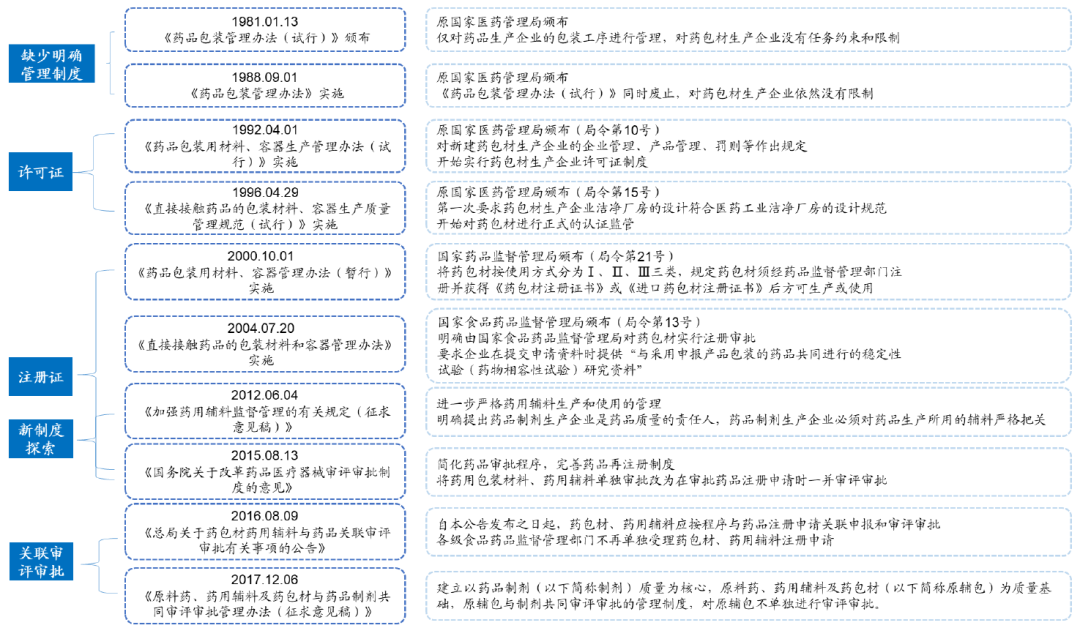
Source: Guangfa Securities Research Center
This is not the first time that the country has made similar guidance. Since 2015, a number of policies have been introduced. After 2015, domestic pharmaceutical glass enterprises such as Shandong Pharmaceutical Glass, Zhengchuan shares and four-star glass have also raised funds in the capital market to develop borosilicate glass tube pulling technology.
Because of its fragility, glass naturally has the advantage of nearby selection. Once the domestic drug glass to achieve a technological breakthrough, to produce high-quality pharmaceutical glass, coupled with cost advantages, Chinese pharmaceutical companies from imports to use domestic is almost inevitable.
Domestic substitution is not a goal, but a result, a natural process, and a necessary way for China's industrial upgrading and economic transformation.
Conclusion
Our generation is lucky to be born in an era of rapid economic growth, but the rapid growth has also covered up many problems. Therefore, the country has been unremittingly emphasizing industrial upgrading many years ago. To promote economic transformation, it must be fast and good, and it can even sacrifice part of the speed for better.
The Chinese can not only make glass bottles for vaccines, but also steel balls on ballpoint pens and gaskets on lighters. In fact, there are many such "small" things in China that cannot be made. Some people based on this scold China manufacturing can not, but in fact is not.
Made in China just lacks enough time. We have gone through the road that others have walked for hundreds of years in decades. We cannot be demanding and take every step as solid as others. It is undeniable that high-speed growth has concealed many problems in development.
Some people always ask the director, why should you pay attention to domestic substitution?
In addition to not wanting to be stuck by others, perhaps more is because we always believe that the realization of domestic substitution will lead us to a better future.
References:
Guangfa Securities, Building Materials Industry: Interpretation of the Pharmaceutical Glass Industry
Everbright Securities "Shandong Pharmaceutical Glass Investment Value Analysis Report"
China Packaging News "China's Pharmaceutical Glass Standards and Standardization System"
Related News

WeChat Public Number
Hubei Chuda Intelligent Equipment Co., Ltd.
Telephone:0724-2498136
E-mail:fiona@chuda.cn
Production Base: No.1 Jingnan Avenue, Duodao District, Jingmen City, Hubei Province
Copyright: Hubei Chuda Intelligent Equipment Co., Ltd. This website has supported IPV4 / IPV6 bidirectional access
Website construction:China Enterprise Power Yichang
SAF Coolest v1.3 设置面板 MPFSX-ZHXV-UQAAE-ZXF
无数据提示
Sorry, the current column has no content for the time being.!
You can view other columns or returnHome Page


